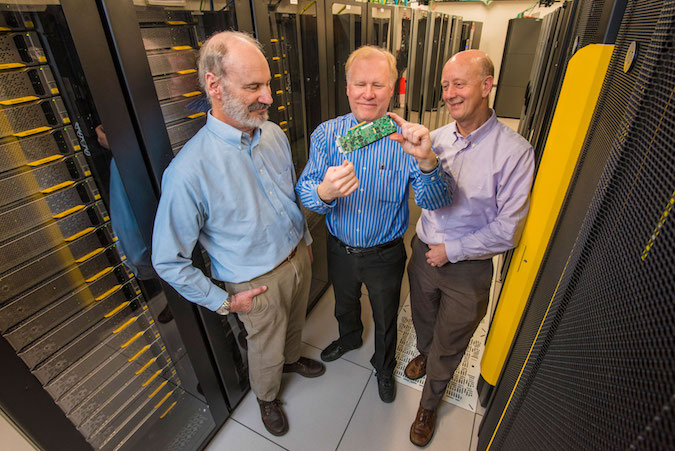
A new “brain-inspired” computer system promises improved detection of cyber threats by looking for specific patterns that can more efficiently reveal indicators of compromise in a network.
Dubbed the Neuromorphic Cyber Microscope, the system was designed by Lewis Rhodes Labs in partnership with Sandia National Laboratories and aims to address the limitation current systems have when it comes to the detection of more complex indicators of compromise, which the researchers call “new species of ‘bad apples’.”
The designers of the system explain that many modern cybersecurity systems might be looking for general indicators of compromise or only for specific patterns, and often require interaction from security analysts to correctly sort the real dangers from false alarms.
By using its brain-inspired design, the new system promises not only to address this limitation by looking for complex patterns that indicate specific “bad apples,” but also to offer energy consumption savings, as it requires “less electricity than a standard 60-watt light bulb,” its creators claim.
The Microscope’s processor is based on the neuroscience research of Dr. Pamela Follett, a co-founder of Lewis Rhodes Labs. The research was used by her husband, David Follett, co-founder and CEO of Lewis Rhodes Labs, as the basis for a computational model of how the brain processes information.
A team led by computer systems expert John Naegle considered cybersecurity as the domain where the neuromorphic processor would excel.
“We quickly realized that we could use this architecture to greatly accelerate our ability to look for patterns and even look for complex versions of these patterns,” Naegle said.
While conventional detection systems compare the received data against a library of malicious patterns, the Neuromorphic Cyber Microscope was designed to compare streaming data to suspicious patterns in a time-dependent manner, which should improve its detection efficiency.
According to Sandia, it tested the system in a demonstration environment and discovered that it could perform efficiently even when the “bad apple” patterns got more complex, in comparison with a state-of-the-art conventional system that slowed exponentially. Further, the laboratory claims that the Microscope is “more than 100 times faster and 1,000 times more energy-efficient than racks of conventional cybersecurity systems.”
At the moment, however, the Neuromorphic Cyber Microscope is only in the early stages of deployment.
Sandia and Lewis Rhodes Labs are also exploring alternative uses for the general neuromorphic architecture, including a type of machine learning used for audio and image processing and sorting numbers efficiently.
Related: The Role of Artificial Intelligence in Cyber Security
Related: How Machine Learning Will Help Attackers
Related: Hunting the Snark with Machine Learning, Artificial Intelligence, and Cognitive Computing














